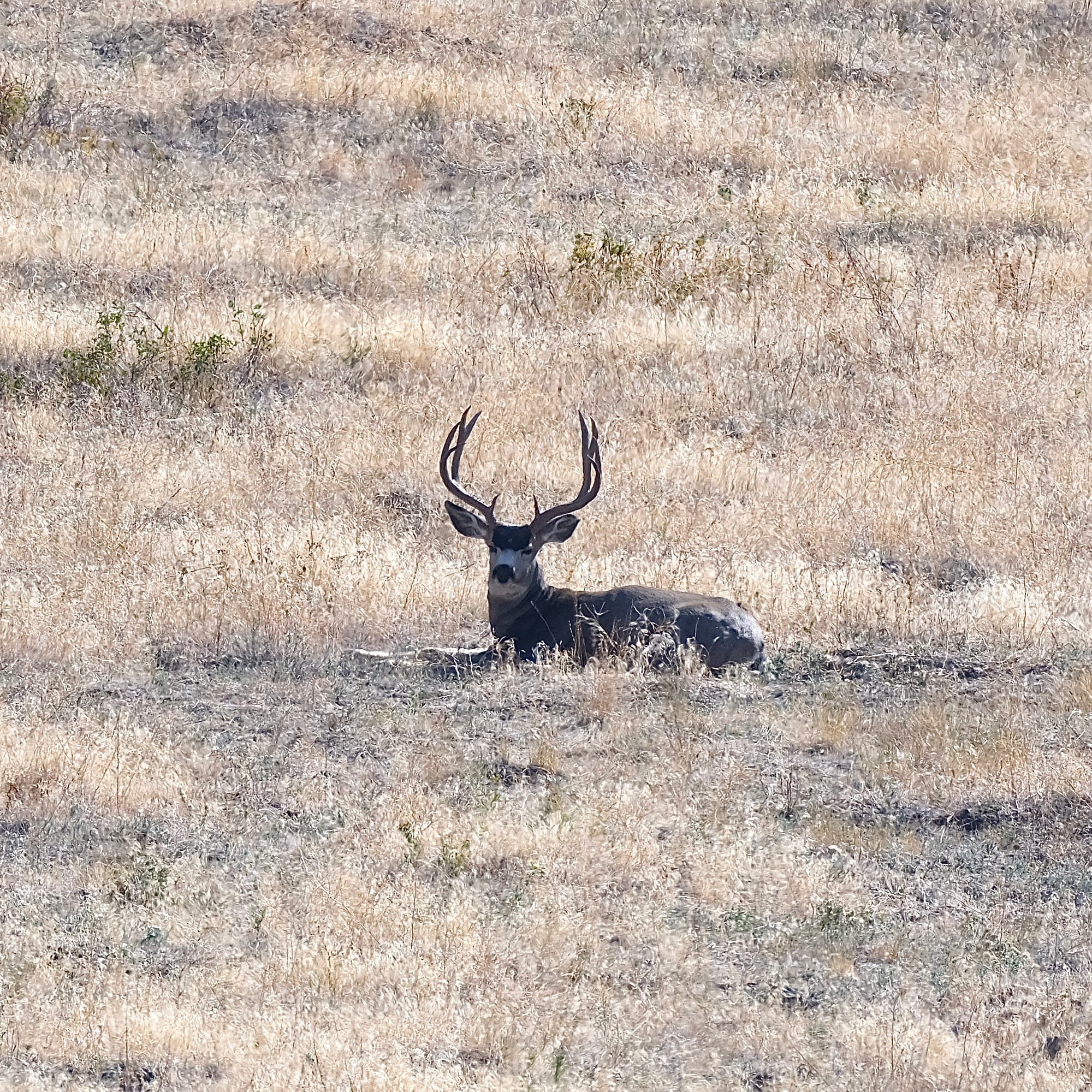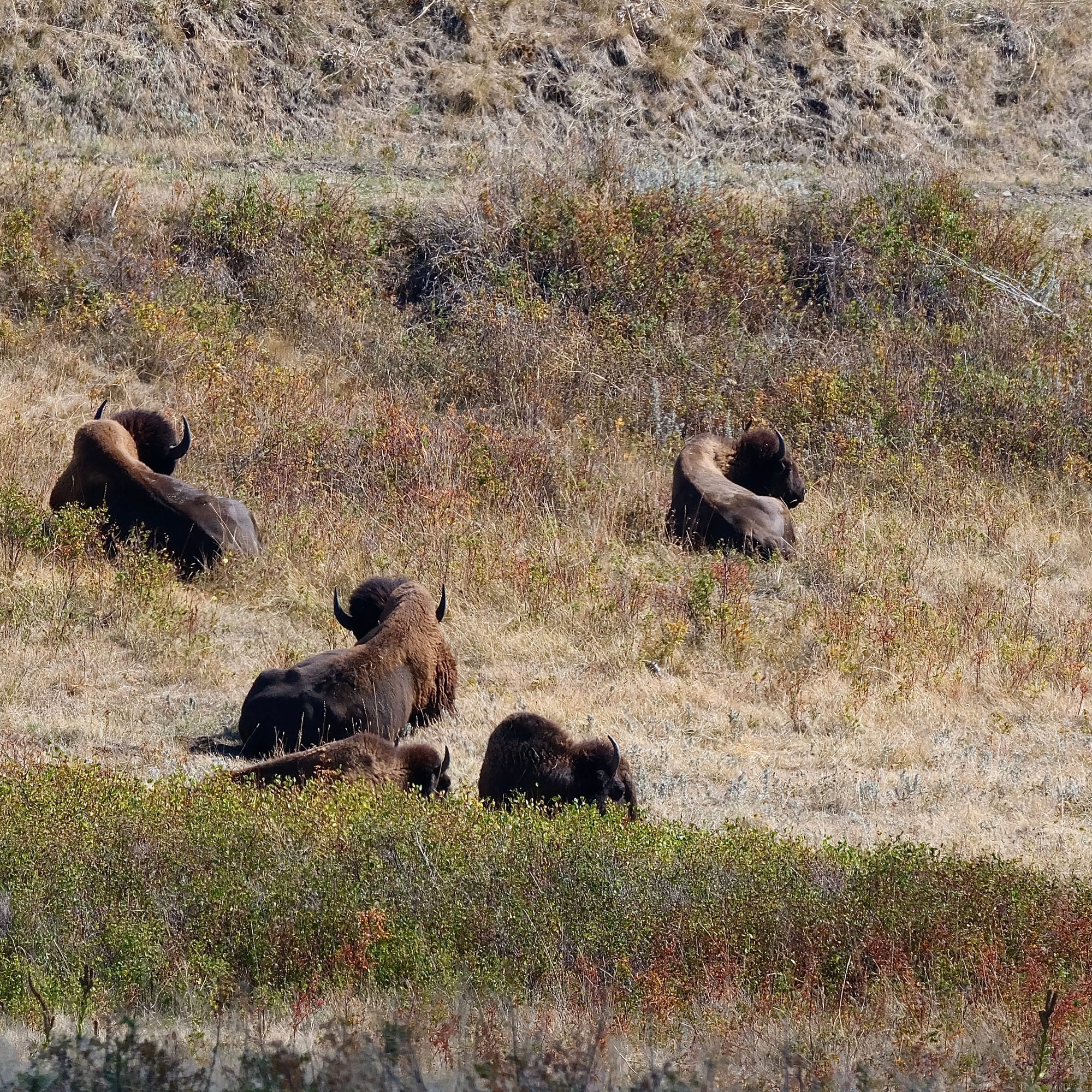Road to the Buffalo
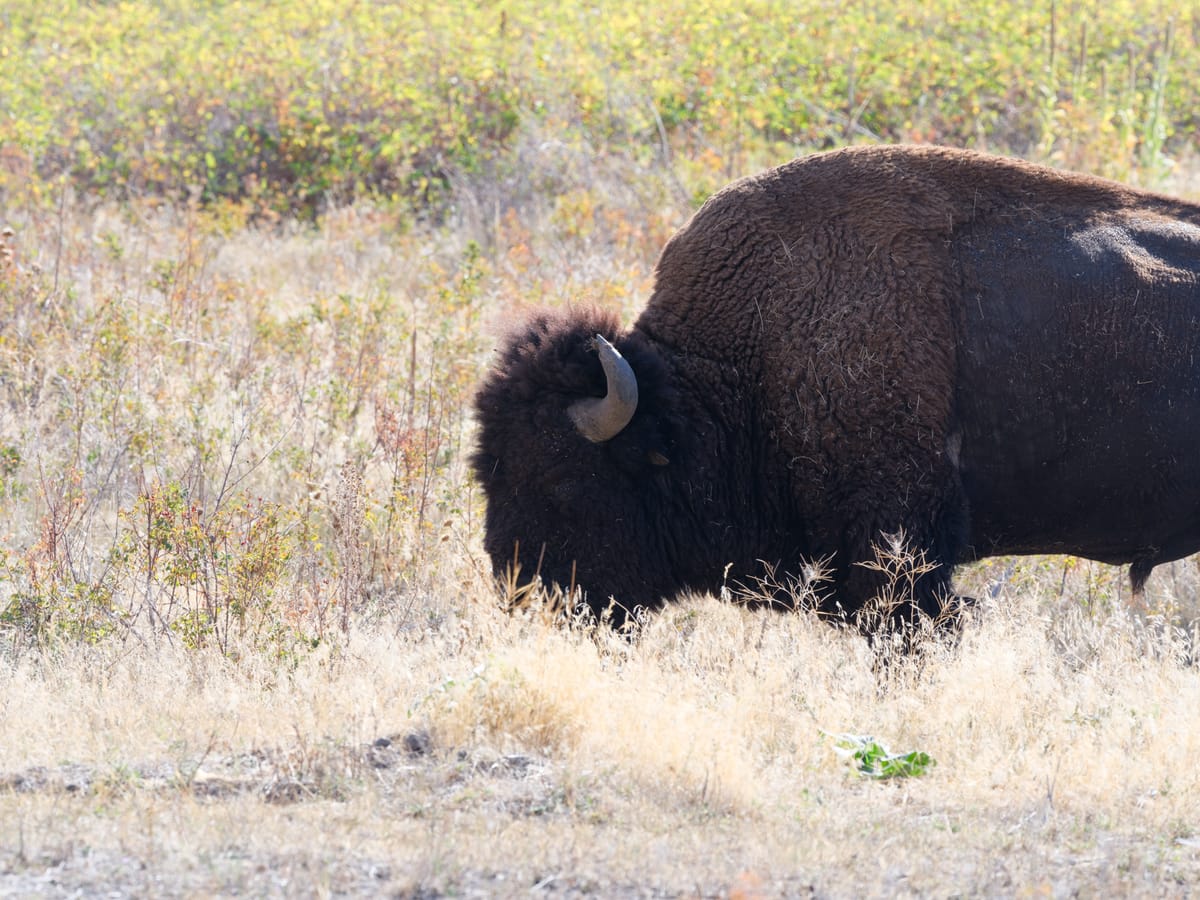
Whenever we head out on a roadtrip we often take the Road to the Buffalo east out of town.
We live along the Road to the Buffalo. The local Indians were various tribes of the inland Salish language group. They lived by hunting and gathering and some farming as well in their various territories. For these people the horse arrived a few decades later than the plains Indians, having to wait until horses and horse culture made its way north from New Spain in what is now New Mexico.
By then the plains Indians had pushed the most eastern tribes of the Salish west. With horse now the inland Salish tribes like others who encountered the horse radically changed their means of survival. The horse allowed for a different style of hunting and much greater mobility.
Before when tribes moved from hunting ground to hunting ground they walked and used dogs to drag travois full of their possessions. The horse allowed longer distance travel and heavier loads to be carried. The Salish word for horse was in fact ‘elk-dog’ which fittingly describes the size and use of the animal in the world.
Buffalo Takes a Dust Bath
The horse allowed them to travel hundreds of miles east in the summer and hunt buffalo in what is now western Montana and out on to the plains. The route they took was along the Pend Oreille river and lake then up the Clark Fork of the Columbia out onto the plains of Montana. The route travels through a wide valley along the river that opens in places to great grassy plains. Here there was plenty of water and game and places to graze their herds of horse that may number into the hundreds of animals per tribe or group.
One wide valley today has the town of Plains which is short for Wild Horse Plains so named because of the herds of wild horses that lived there and were a remuda or replenishment herd.
Once in buffalo territory the Indians would hunt the buffalo with bow and arrows with remarkable lethality. They could ride up to a running buffalo and place a single arrow into the lungs and take down these mighty animals.
The women set about with the arduous chore of skinning and butchering and drying the meat. The dried meat was their winter storehouse when they returned home. The hides were shelter and clothing.
Today one can follow this same route on Highway 200 from northern Idaho out to western Montana. This is the ‘Road to the Buffalo’ that we often must travel on our camping trips.
Along the way you pass through the Flathead Indian Reservation and a short detour takes you to a buffalo preserve run by the tribe in cooperation with the US Fish and Wildlife Service.
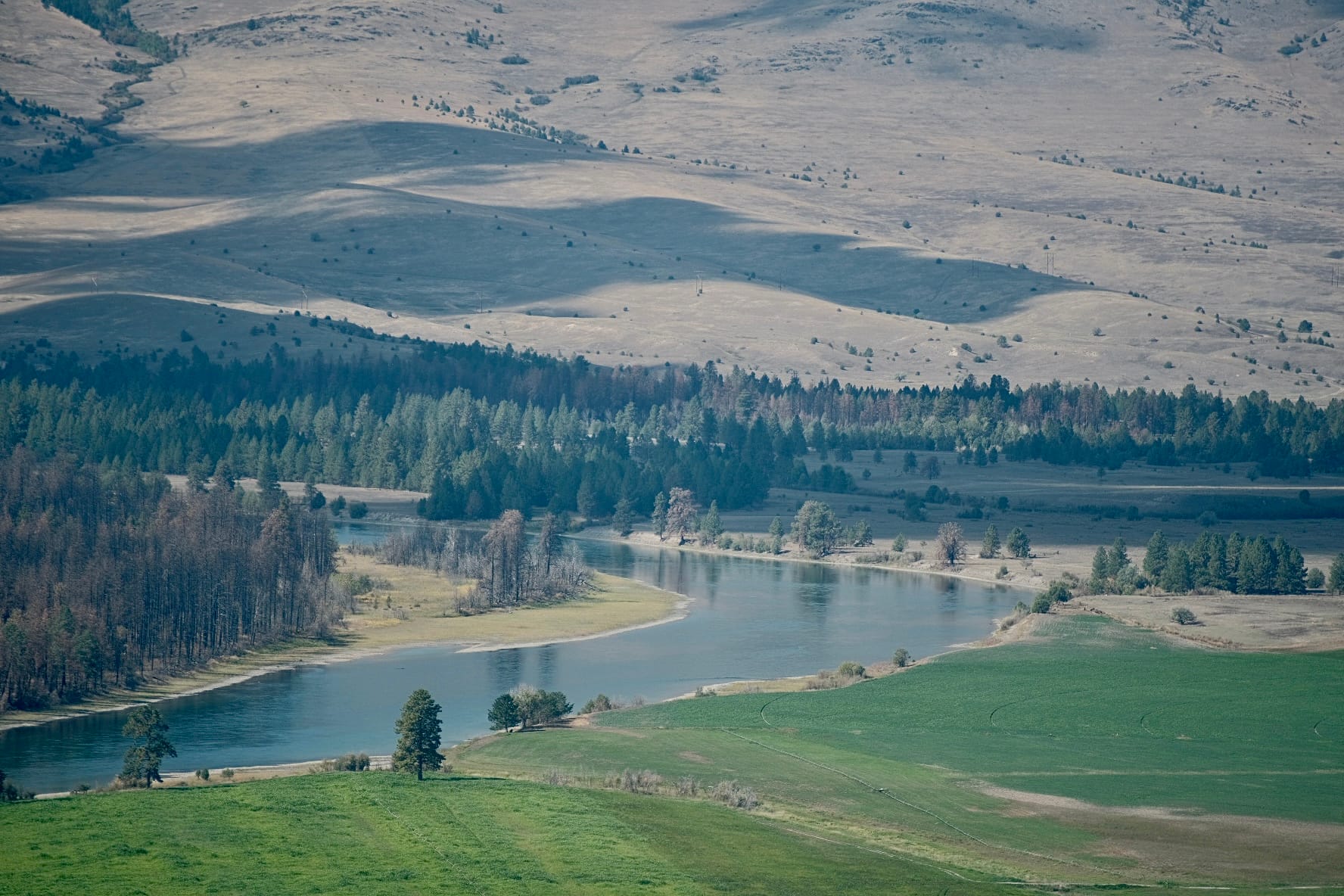
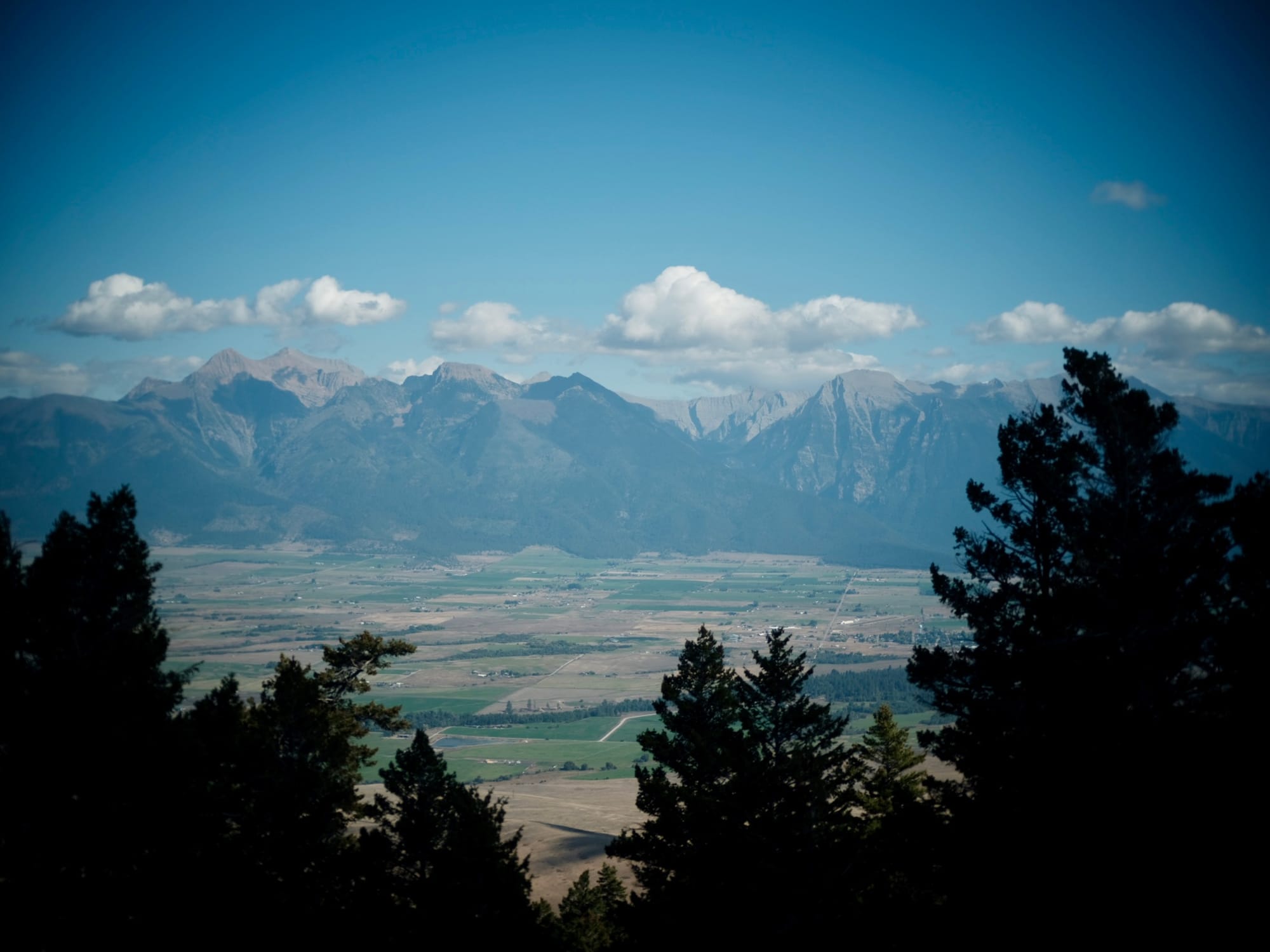
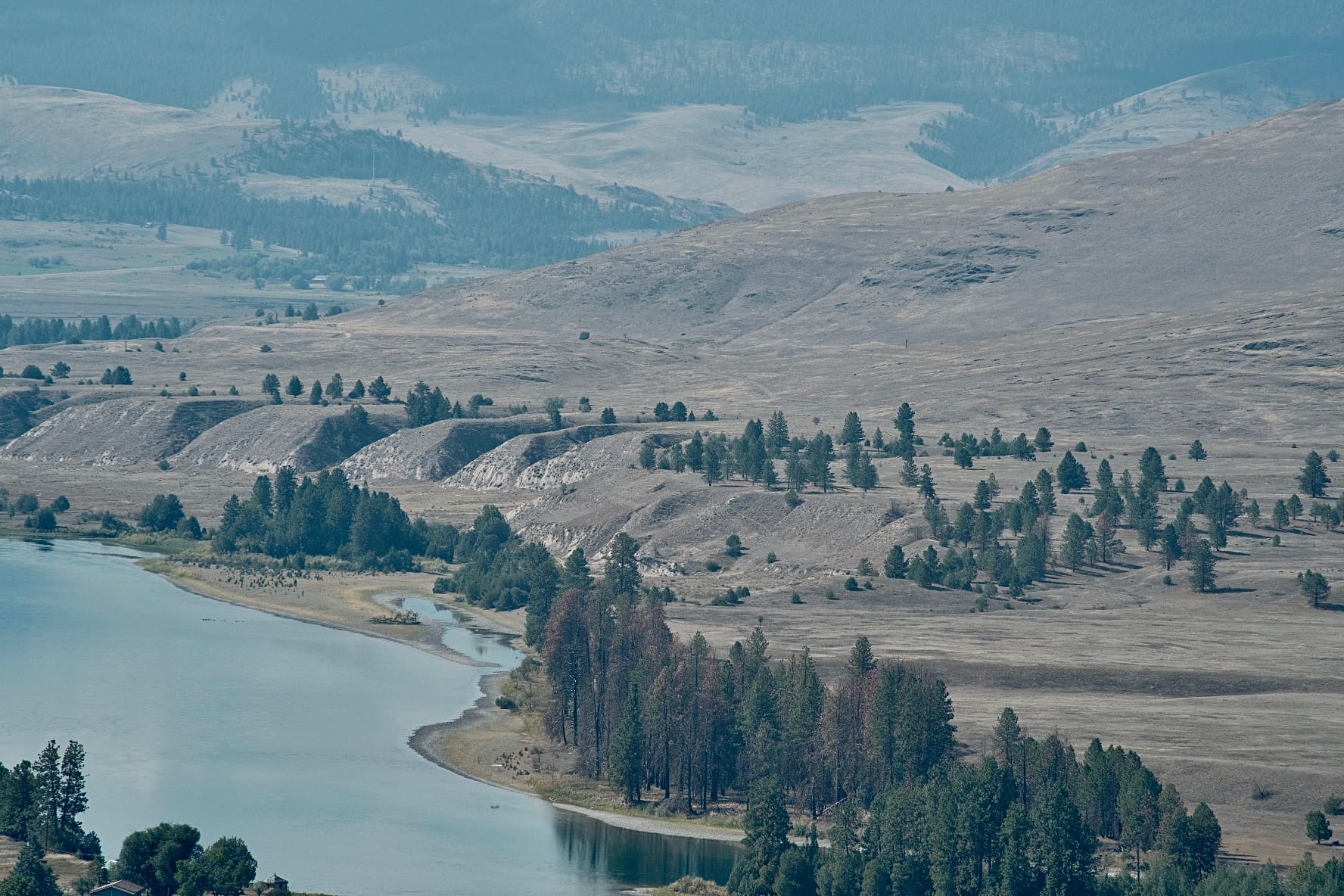
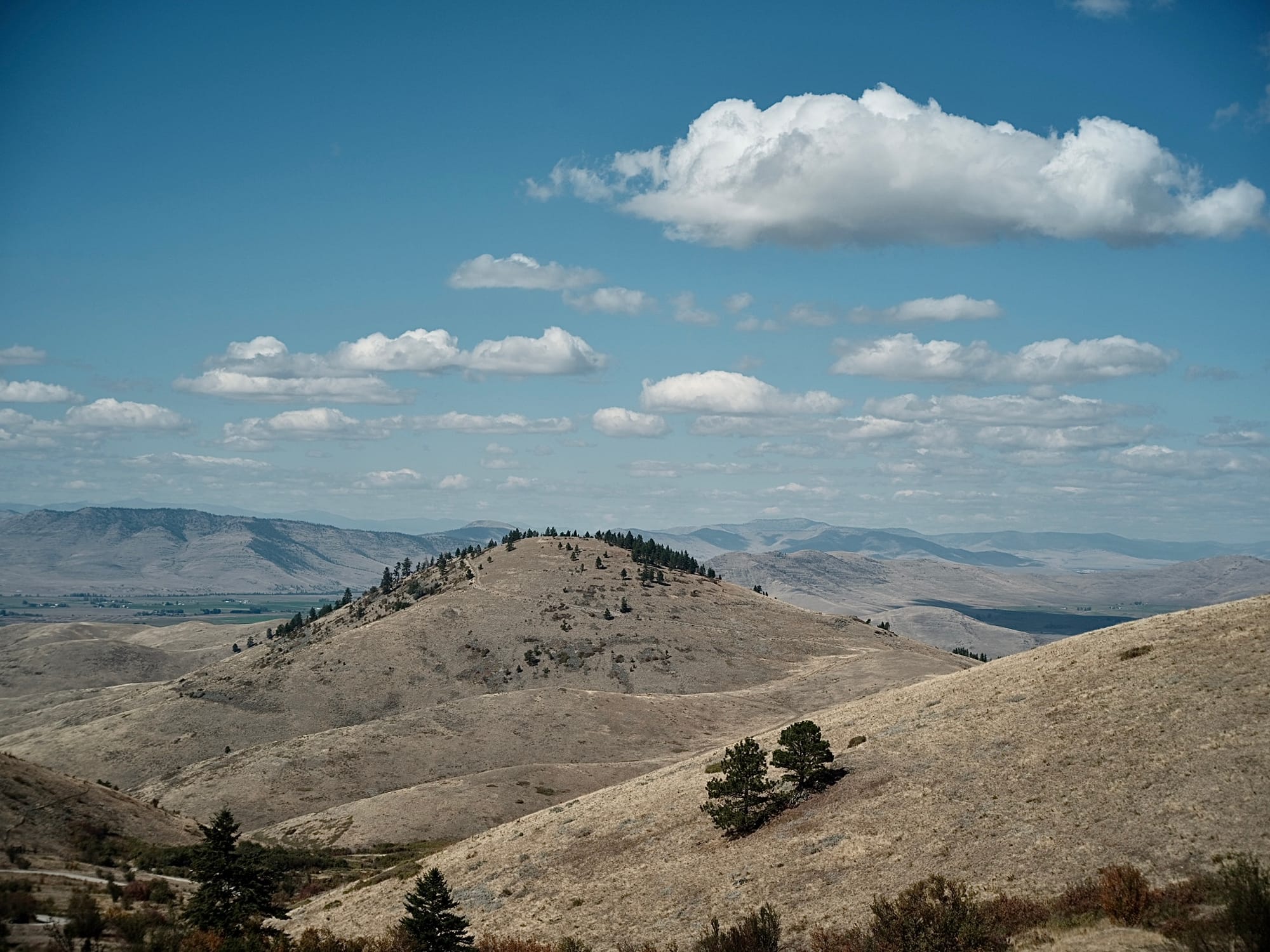
Scenes of the Flathead river and Mission mountains at the buffalo refuge.
If you are traveling the Road to the Buffalo do make a stop it is well worth the $20 admission. A good visitor center greets you and a two-hour drive on a good dirt road gives a chance to see the local denizens.
It is certainly a good thing that the Road to the Buffalo will still take you there.
